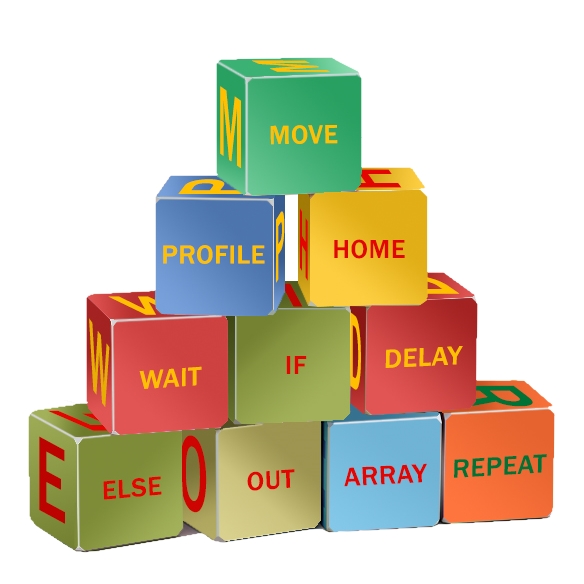Art-Linear Actuators Principles
Linear Actuators - The Principles
When it comes to design and engineering, linear actuators help in building some of the most effective designs. Because of this, it is important for the engineers and designers to understand and learn the correct usage and aspects of these instruments so that each design is perfectly made and is safe. The main purpose of linear actuators is to convert energy into motion. The energy applied on the actuator can come from different sources like electricity, air or any liquid. The energy is then converted into motion that relates to ejecting, blocking, or clamping.
Linear actuators are used in industries like manufacturing and for objects like pumps, valves, motors, and switches. A number of actuators are available on the market but the most common ones are those that are driven by air and are called air cylinders or pneumatic cylinders. With these cylinders, there are pistons that are moved with the help of energy that comes from compressed air. Manufacturing and assembling units also use air cylinders.
Linear actuators can be powered with the help of hydraulics and electricity as well. There are hydraulic and electric actuators that convert the hydraulic and electrical force to motion and are used in machines like automobiles. Most of the linear actuators that you find on the market will have more than just one source of power.
Linear actuators creates motion in one direction. They have a motor with which a drive screw is rotated. This action also makes use of the timing belt. Direct or gear drives are also used by some linear actuators. When the screw turns, the drive nut is pushed along the screw. This action leads to pushing the rod out. When the screw rotates in the opposite direction, the rod will retract.
Motion control systems make use of linear actuators as one of its parts. With the advancement in technology, most of the actuators are now run with the help of computers. You will also be able to find linear actuators in control systems that control or move objects. The movement becomes possible with the help of linear actuators. Factory automation and robotics are also two of the fields that make use of linear actuators. The basic concept behind linear motion is that the object moves in a straight line. When you have to choose a linear actuator, you need to know why you are going to use if so that you can find the ones that fit your needs.









